AMD Sempron – Budget CPU Review
AMD Sempron – Budget CPU
The AMD Sempron follows in the footsteps of the Duron, hoping to grab the budget PC market segment.
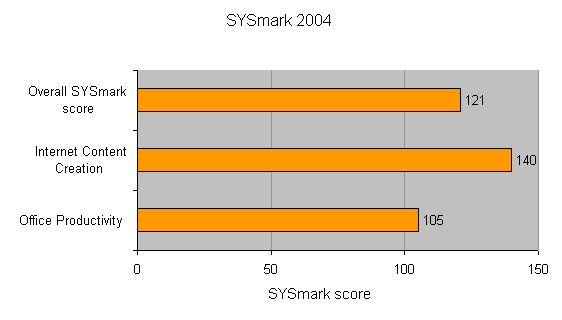
Verdict
Key Specifications
- Review Price: £77.00
Over the last few weeks there has been a lot of talk on various websites about AMD’s new budget processor, and now the Sempron has finally arrived. The speculations behind what the Sempron would be were confusing and didn’t seem to make sense at the time and it’s still not quite clear why AMD has released some of the models.
A range of different speed chips were made available at launch starting at 2200+ and going up to 2800+ in even 100+ ratings except for a 2700+ which is missing from the line-up. All of these processors are for the older Socket-A platform and are more or less re-badged Thoroughbred-B core Athlon XPs. The difference is the speed rating, as the 2800+ Sempron has an actual clock speed of 2.0GHz whereas the 2800+ Athlon XP is clocked at 2.083GHz.
Now reusing older technology makes sense for a budget part, but it does feel a little cheap. That said, as the Sempron is going head to head with Intel’s Celeron processors it’s not hard to see why AMD has taken this route as the fastest Celeron D, the 335, is only clocked at 2.8GHz.
The war of the budget processors has been ongoing for some time and Intel started it all a very long time ago with the introduction of its SX range of 486 CPUs that removed the maths co-processor in order to cut cost. But the Celeron processors are much more recent, dating back to the days of the Pentium II. The original Celeron processor was not a great hit for Intel as it completely lacked level two cache, making it a poor performer. Intel quickly addressed this issue by producing the Celeron A chip, which sported half the Level 2 cache of the Pentium II chip.
But Intel was on its own with a budget processor until AMD introduced Socket-A – along with moving the Athlon processor from Slot-A to the new socket AMD also introduced the Duron, which is the father of the Sempron. The Duron was a cut down version of the Athlon with less cache memory, much like Intel’s Celeron processor.
However, the Sempron is a completely different animal to the Duron as the Socket-A variety runs at 333MHz bus speed and features 256KB Level 2 cache memory – the same amount as the previous generations of Athlon XP processors. As with all Athlon processors the Level 1 cache is a generous 128KB. The Barton core was given a boost to 512KB to improve the performance when Intel upped the cache memory in the Pentium 4 processors.
There is however one Sempron chip that we haven’t touched on yet and that is the 3100+ which doesn’t have anything in common with the others apart from its name. The 3100+ is a cut down version of the Athlon 64 processors and is designed to fit in Socket-754 motherboards. It is clocked at a mere 1.8GHz, which is the same speed as the 2800+ Athlon 64, although the level two cache has been cut from 512KB for the Athlon 64 to 256KB as with the other Sempron processors.
There is one other difference between the Sempron 3100+ and the Athlon 64 – it lacks support for 64bit operating systems. Now this is probably not an issue for most people, especially since budget users are going to be running 32bit operating systems for some time. But the reason that AMD has done this is not quite clear, apart from the fact that it doesn’t want people to purchase the Sempron in favour of its Athlon 64 processors.
Sadly, AMD didn’t send us a 3100+ for testing, so we’re stuck with a 2800+ for this review, but if all goes according to plan we should have a 3100+ system in the office shortly.
On a quick side note, AMD will also be shipping mobile Semprons, but all of these are based on the Socket-754 platform.
So let’s go back to the Socket-A range for now. Due to the wide install base of Socket-A motherboards and AMD’s interest in the developing markets such as India, China and parts of the ex Soviet Union, the Duron was brought back to life and one would presume that the Sempron will take over where the Duron left off. The Sempron is however intended for the world wide market as a direct competitor to Intel’s latest Celeron range.
Looking at the benchmark numbers the Sempron 2800+ isn’t the hottest processor around with an overall SYSmark 2004 score of 121, but in all fairness this is more than good enough for everyday tasks. AMD supplied the processor with an Asus A7N8X-VM motherboard which is based on the nVidia nForce2 chipset and 512MB of PC2700 DDR SDRAM – this is the type of configuration that I would expect to see when retail Sempron systems appear. We added a 120GB Maxtor IDE hard drive and an AOpen GeForce FX5900 XT, which again are components that would add up to a reasonably priced PC.
These are similar specs to those we used when we tested the AOpen XC Cube EZ18 and although that was tested with an Athlon XP 3000+ the results are at least comparable to some degree. The SYSmark 2004 score is some eight points slower, which isn’t a massive gap and proves that the Sempron is similar in design and performance to its XP cousin.
The PCMark 2004 scores shows similar differences and moving over to the 3D benchmarks the Sempron only falls behind by a couple of frames in all of the tests. This is pretty much expected as the CPU is clocked slightly slower, so for those who already own a fast AMD Athlon XP processor, the Sempron is not the way to go. However, if you own an older processor and have a motherboard that supports the Thoroughbred-B core, then it might be a worthwhile upgrade.
The biggest problem is that the Sempron 2800+ is priced too high at £76.98 since the 2800+ Athlon XP with the Barton core costs £1 less – of course that is not the retail boxed version of the XP, but even a retail box will only set you back £7 more than the equivalent Sempron.
The 3100+ part is far more interesting with a retail price of £88.99, but we still need to find out how it will perform. It shouldn’t be too long before we get our paws on a 3100+ Sempron, and I suspect that it will give AMD’s new budget line a commendable price/performance ratio.
”’Verdict”’
AMD’s new Sempron family is not as exciting as I first thought, but I think that the 3100+ part is going to be the chip to have. The Socket-A models are somewhat disappointing since AMD’s own Athlon XP chips make them look like poor value. Of course all this will change once AMD discontinues the Athlon XP range.

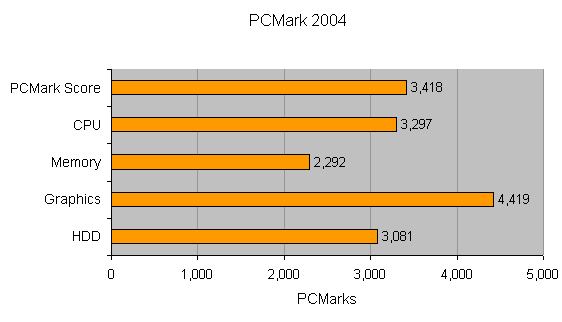
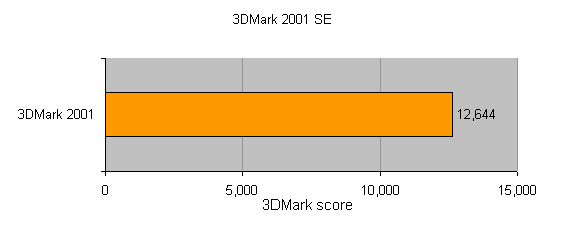
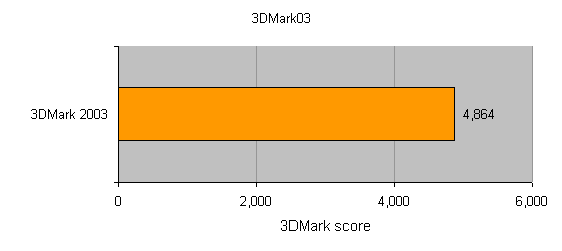
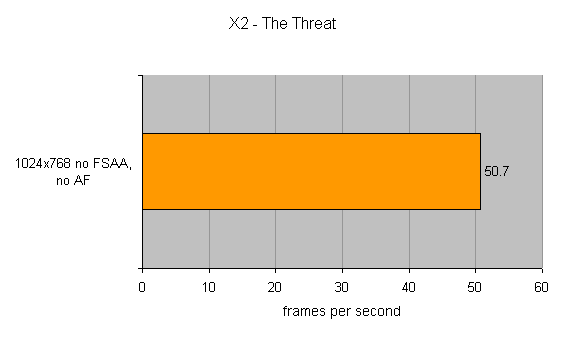
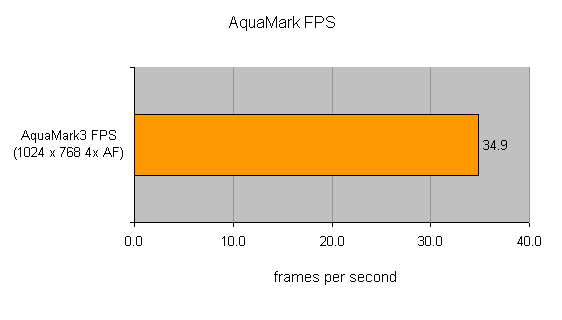
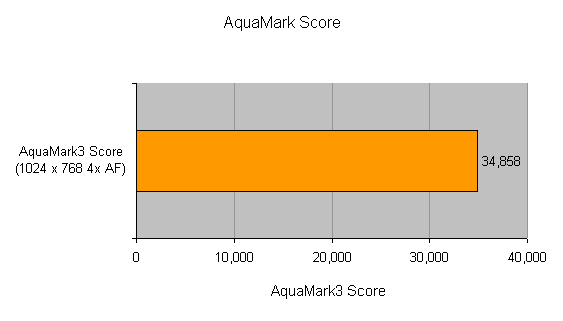
Trusted Score
Score in detail
-
Value 7
-
Performance 8

